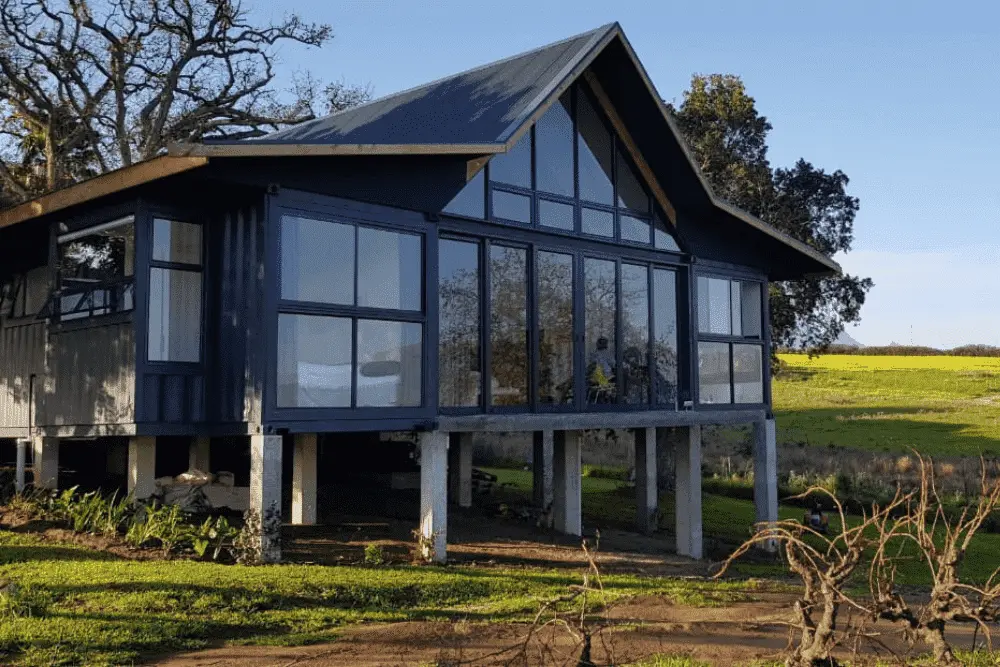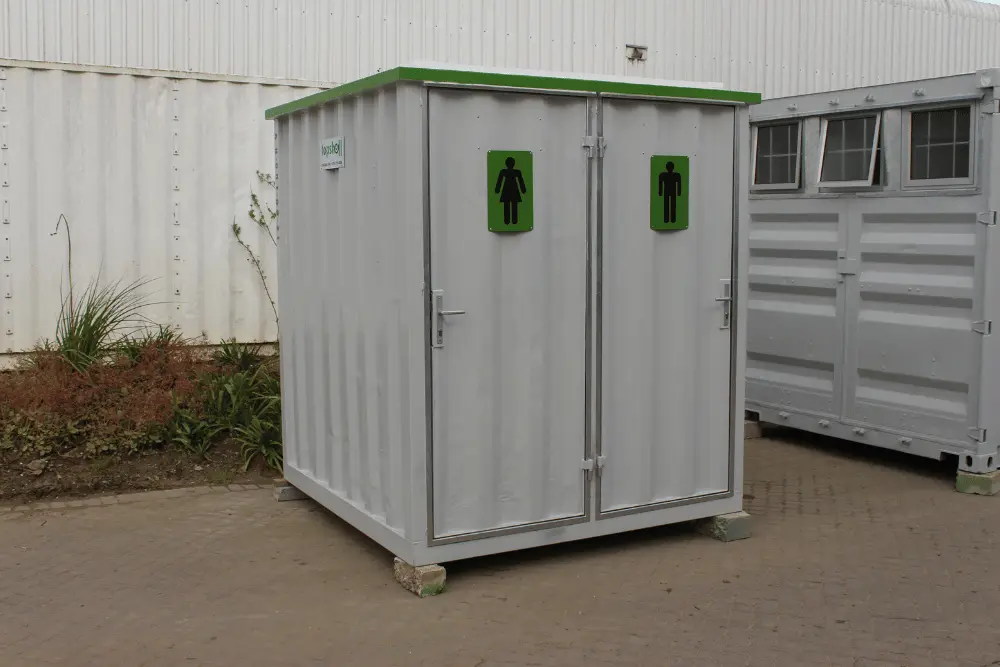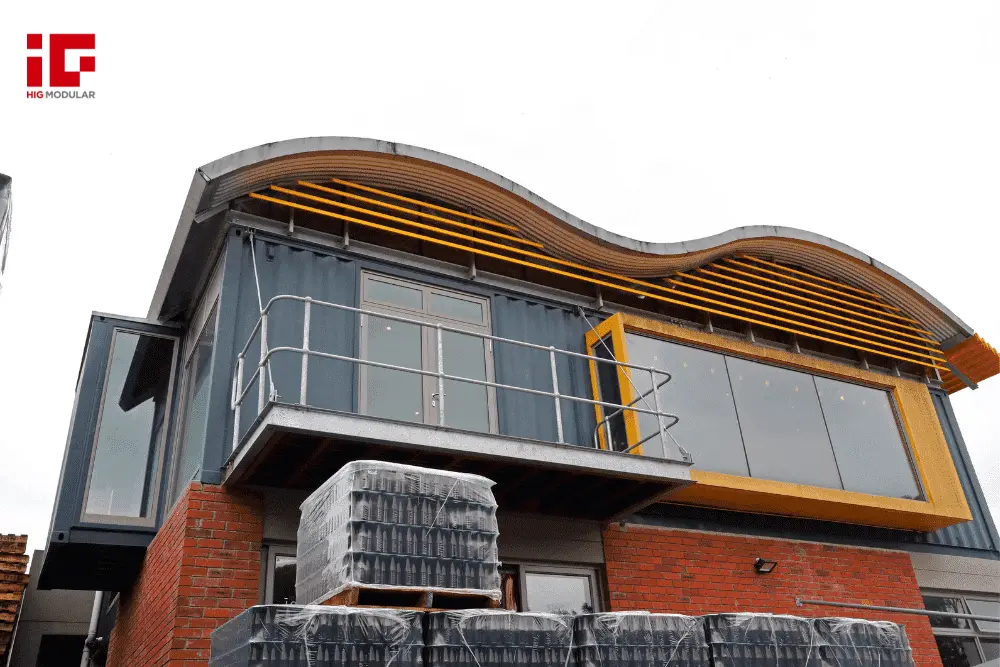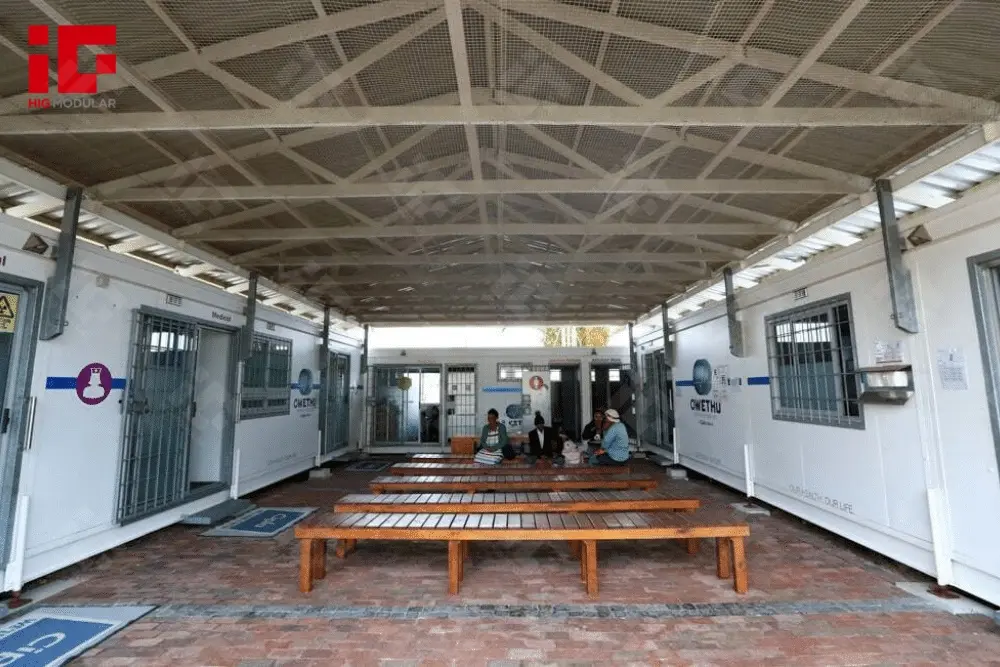News Categories
Featured News
0102030405
Detachable Containers: Revolutionizing Retail with Modular Agility and Design
2025-08-25
From bustling beachfronts to urban plazas, Detachable Container structures are reshaping the retail landscape. Container shops and restaurants are no longer niche experiments—they are a strategic tool for brands seeking flexibility, speed, and sustainability. By leveraging modular design, these structures address long-standing pain points in retail development, from high costs to slow market entry.
Modular Versatility: Adapting to Every Retail Niche
The core strength of detachable containers lies in their adaptability. A single container can transform into a coffee kiosk, boutique, or quick-service restaurant with minimal modifications. For multi-unit brands, modularity enables consistent design across locations while accommodating site-specific needs. A beachside container shop might feature open-air shelves and weather-resistant finishes, while an urban version prioritizes security and branding.
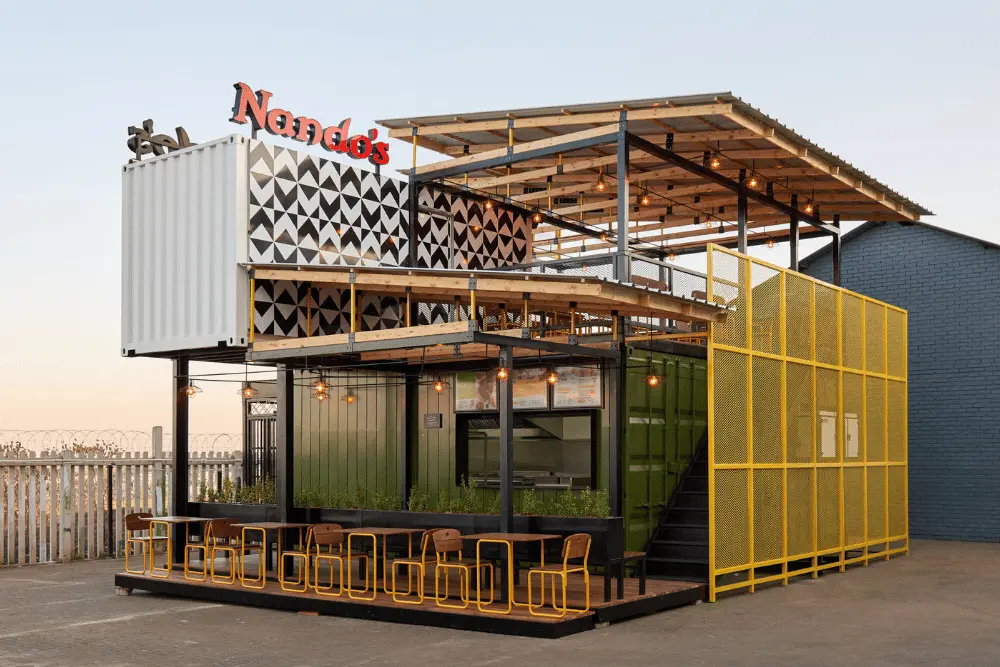
Modular Design Capabilities
| Feature | Application in Retail |
|---|---|
| Stackable Units | Create multi-level stores (e.g., ground-floor sales, mezzanine storage) |
| Linkable Configurations | Form open-plan spaces or connected "store clusters" |
| Customizable Interiors | Adjustable shelving, lighting, and HVAC systems |
| Exterior Branding | Full-wrap graphics, illuminated signage, or textured cladding |
This flexibility extends to scale. Retailers can start with a single 20-foot container and expand to 40-foot units or linked clusters as demand grows. For pop-up concepts, containers offer a turnkey solution: prefabricated, transportable, and deployable in days.
Speed and Scalability: Outpacing Traditional Retail Builds
In the fast-paced retail world, time-to-market is critical. Detachable containers slash development timelines by up to 70%. Prefabrication means 80% of construction occurs in controlled factory environments, eliminating weather delays and on-site errors. A container shop can go from design to operation in 4–6 weeks, compared to 3–6 months for traditional builds.
Time and Cost Efficiency Metrics
| Phase | Container Shop | Traditional Retail Space |
|---|---|---|
| Design Approval | 1–2 weeks | 4–6 weeks |
| Construction | 4–6 weeks | 12–24 weeks |
| Total Time-to-Market | 6–8 weeks | 16–30 weeks |
| Cost Savings | 30–50% lower | Higher (labor + materials) |
For emerging brands or seasonal retailers, this speed is transformative. A holiday pop-up can launch in time for peak shopping seasons, while a new market test can validate demand before committing to a permanent location.
Adaptive Resilience: Thriving in Dynamic Markets
Retail success hinges on adaptability—something container structures excel at. Unlike fixed brick-and-mortar stores, container shops can relocate to follow consumer trends: a food truck-inspired container might move from a morning farmers’ market to an evening concert venue. Even permanent locations benefit from modularity, as interiors can be reconfigured to accommodate new product lines or customer flows.
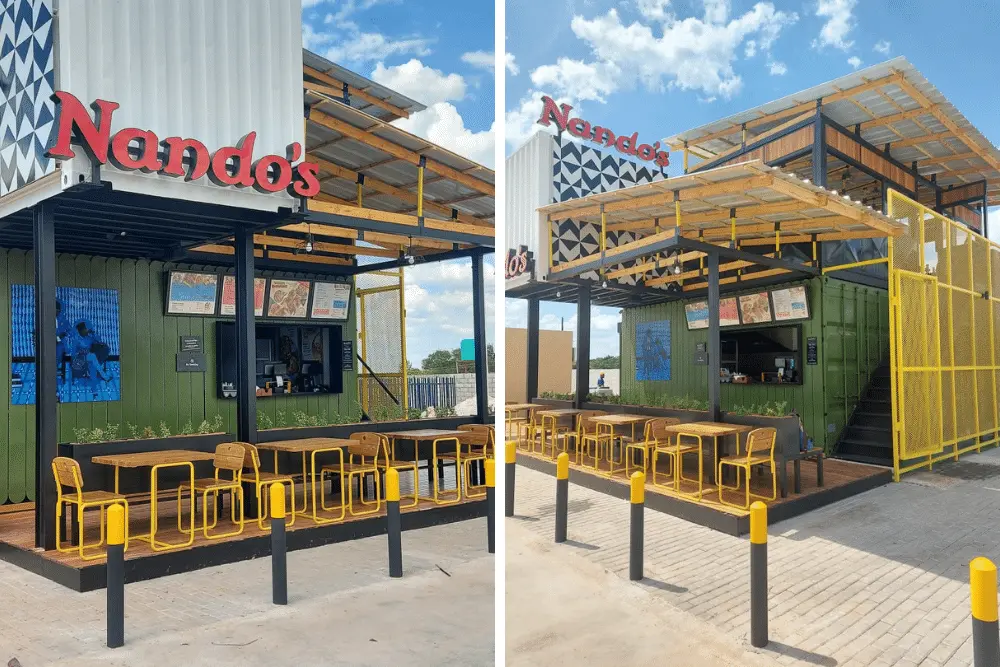
Market Adaptation Strategies
| Scenario | Container Solution |
|---|---|
| Seasonal Demand | Relocate to tourist hotspots (e.g., beachside in summer, ski resorts in winter) |
| Brand Expansion | Replicate modular designs across regions with minimal customization |
| Changing Consumer Tastes | Rapidly rebrand or repurpose units (e.g., a clothing shop becomes a café) |
This agility also mitigates risk. Retailers can avoid long-term leases in uncertain markets, opting instead for short-term agreements or pop-up permits. If a location underperforms, the container can be moved or repurposed—no costly demolition required.
Branding and Aesthetics: Crafting Memorable Retail Spaces
In a crowded retail landscape, differentiation is key. Container shops offer a blank canvas for bold branding. Sleek steel exteriors can be wrapped in vibrant graphics or textured finishes, while large windows showcase products and invite foot traffic. Interior designs leverage the industrial-chic appeal of containers: exposed steel beams, polished concrete floors, and loft-style layouts.
For experiential retail, containers enable creativity. A beauty brand might install interactive product displays in a container’s open-plan space, while a tech startup could create a minimalist showroom with modular furniture. The result is a space that feels both modern and approachable, fostering deeper customer connections.
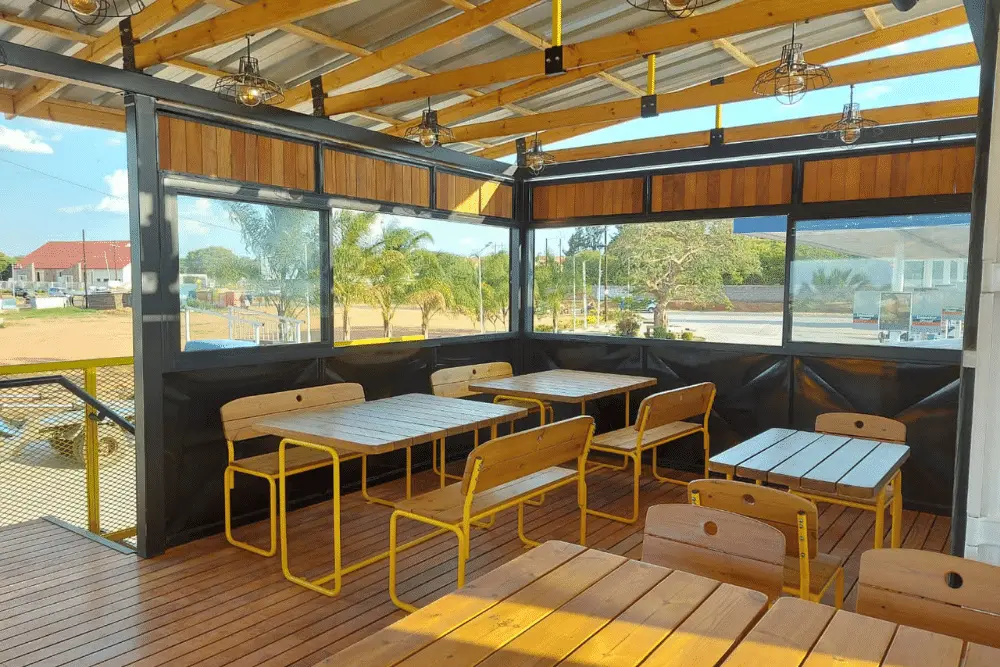
Sustainable Retail: Meeting Eco-Consumer Expectations
Modern consumers demand sustainability, and container structures deliver. By repurposing shipping containers, retailers reduce waste and carbon emissions. The use of recycled steel (70% of frame materials) and energy-efficient insulation (rock wool panels) aligns with ESG (Environmental, Social, Governance) goals, a growing priority for investors and consumers.
Sustainability Benchmarks
| Metric | Container Shop Performance |
|---|---|
| Carbon Footprint | 40–50% lower than traditional builds (due to recycled materials) |
| Energy Efficiency | 30% reduction in HVAC costs (rock wool insulation) |
| Waste Reduction | 80% less construction waste (prefabrication) |
| End-of-Life Recycling | 100% recyclable steel structure |
Beyond materials, container shops can integrate renewable energy solutions—solar panels, wind turbines—and water-saving fixtures. These features not only reduce operational costs but also enhance brand reputation among eco-conscious shoppers.
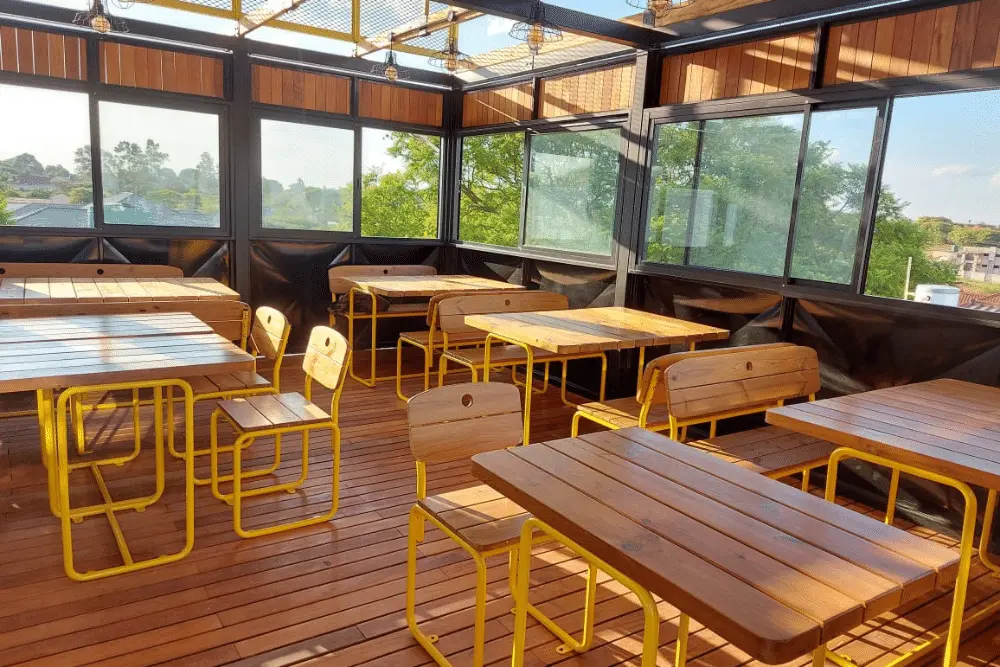
Future Trajectory: The Next Era of Modular Retail
The future of container retail lies in technological integration and regulatory innovation. Smart containers will emerge, equipped with IoT sensors for inventory management, foot traffic analysis, and energy optimization. Augmented reality (AR) displays could allow customers to visualize products in 3D, transforming the shopping experience.
Regulations will also evolve. More cities will adopt “modular-friendly” zoning laws, streamlining permits for temporary and semi-permanent container structures. This will pave the way for container-based retail hubs—collaborative spaces where multiple brands coexist in linked containers, creating vibrant, community-centric destinations.
In essence, detachable containers are redefining retail’s DNA. They embody speed, sustainability, and adaptability—qualities essential for thriving in a rapidly changing world. As brands embrace this modular revolution, the retail landscape will become more dynamic, inclusive, and environmentally conscious. For consumers, this means more innovative spaces to shop, dine, and connect—all built on the foundation of a humble shipping container.



